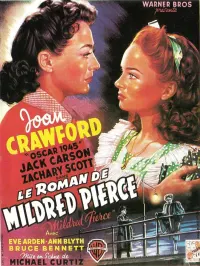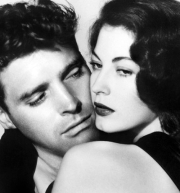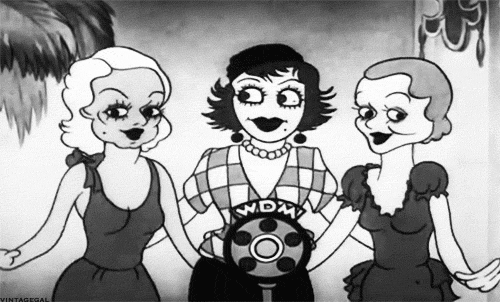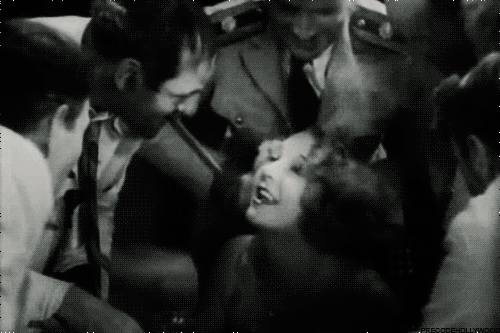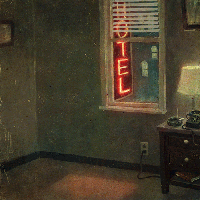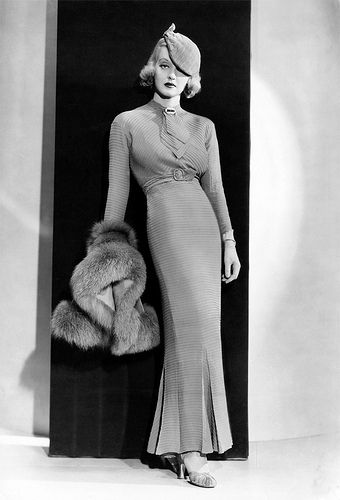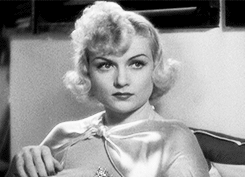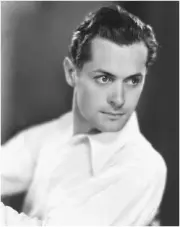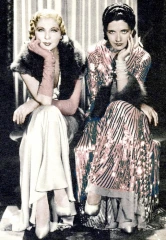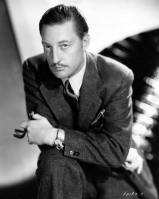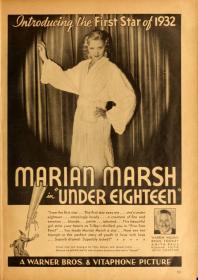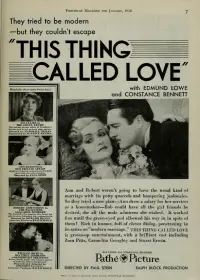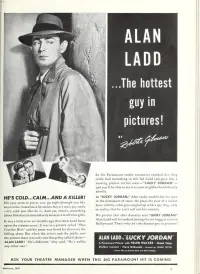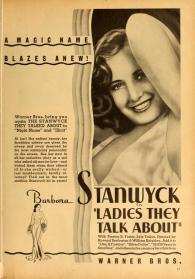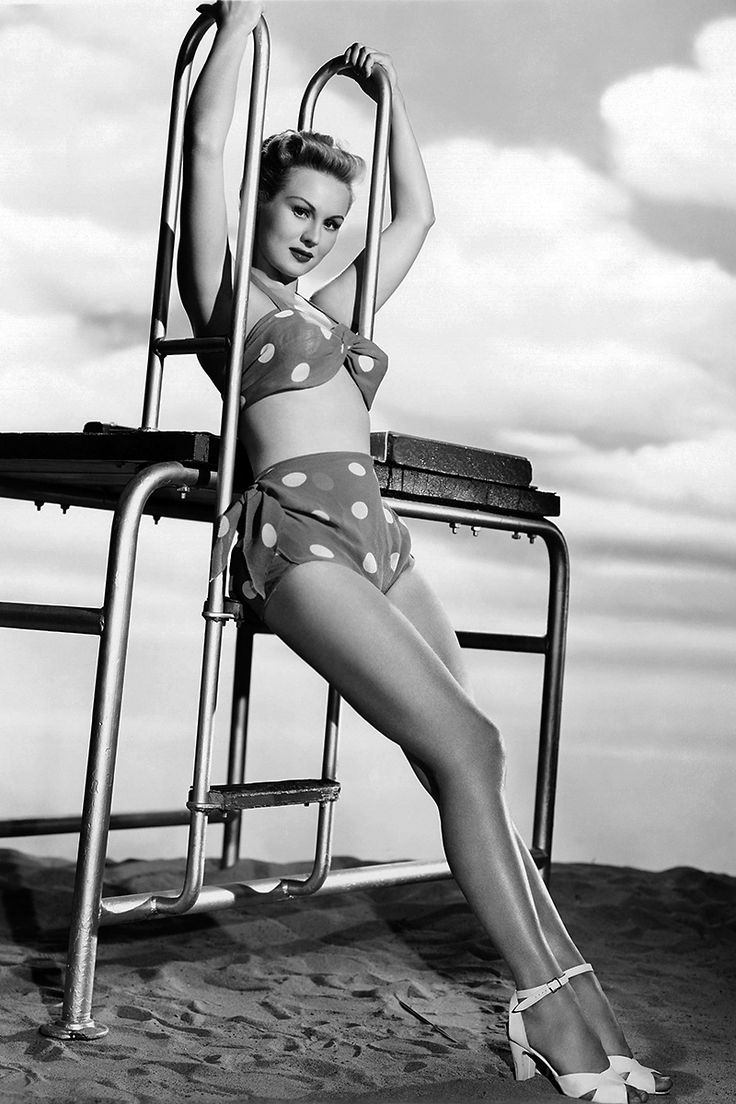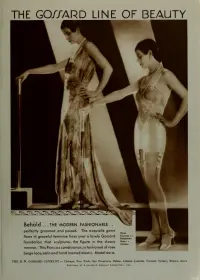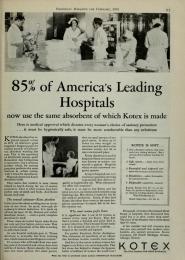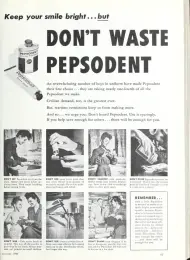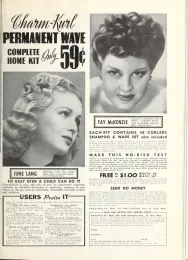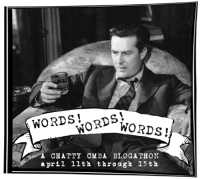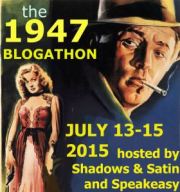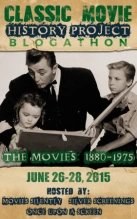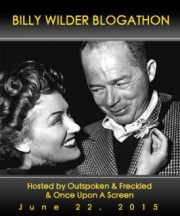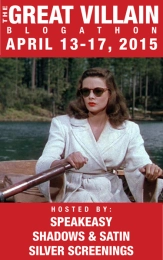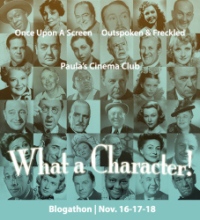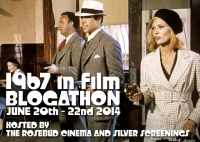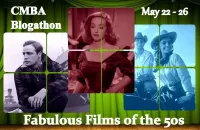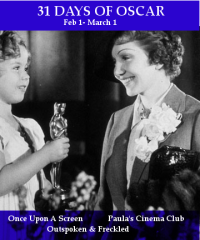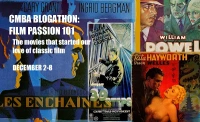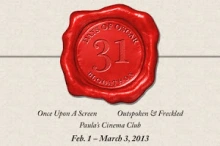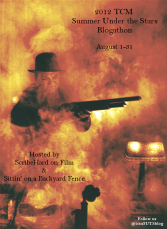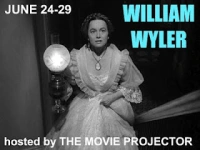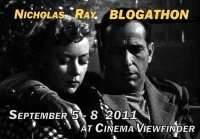It’s about that time again, y’all – time for the Turner Classic Movies film festival! I’ve been attending since 2013, so 2024 marks my 10th year attending the festival in person (and my 12th overall, counting the two years – 2020 and 2021 – that TCM presented a virtual fest). And I’m almost excited all these years later as I was for that very first festival. (Except I no longer start crying after I purchase my passes!) It’s my third year, by the way, that I’ll be attending with my older daughter, Veronica!
The day that the full schedule drops is always one of great excitement – seeing all of the movies that will be offered and the guests who will be on hand is a thrill that’s somewhat akin to riding a rollercoaster. Or like Christmas morning – just one gift after another!
After several days of deliberation, I’ve finally come up with my schedule, and it’s my delight to share it with y’all! Here goes . . .
As I’ve done every year that I attended the festival in person, I’ll be kicking things off by participating in the “So You Think You Know Movies” trivia contest, hosted by Bruce Goldstein, the founder of classic film distributor Rialto Pictures and Founding Repertory Artistic Director of New York’s Film Forum. In case I haven’t mentioned this two or three hundred times in the past, I was on the winning team for the contest in 2022 – truly a highlight of my very existence. The contest is very challenging, but so much fun, and it’s a much-beloved tradition for me.
Movie-wise, this year, I once again purchased Essential passes for Veronica and me, which permits to all of the screenings, including the Opening Night film. At the time the passes went on sale, the Opening Night film had not yet been announced, but I decided that if it was a movie that I really wasn’t interested in, then we just wouldn’t go to it. As it turns out, the movie is Pulp Fiction, with John Travolta as the guest, and I was absolutely thrilled. Pulp Fiction is one of my favorite films, and I’ve been a Travolta fan since he first appeared on my TV as Vinnie Barbarino. The only drawback is that two of the films that I was looking forward to seeing – Only Yesterday and Grand Hotel – are in direct conflict with Pulp Fiction. I’ve seen them both, but my copy of Only Yesterday is practically unwatchable, and I really wanted Veronica to see Grand Hotel. But, whaddya gonna do? Onward to . . .
FRIDAY – where the first time block includes several films that I strongly considered – The Caine Mutiny, The Good Fairy, and Mighty Joe Young (the latter because I think it would be a hoot to see with an audience) – but, instead, I decided to do something I’ve never done before: go to a screening just to see the introduction. The film is One Hundred and One Dalmations at the El Capitan Theater, which I haven’t been inside since I saw The Women [1939] back in 2014 (when Paula, of Paula’s Cinema Club, and I LITERALLY ran down Hollywood Boulevard at night to make it just in time). I have no interest whatsoever in seeing this movie, but the special guests are actor Mario Cantone and former Disney illustrator Floyd Norman. I saw Cantone for the first time at the 2022 festival, when he pinch-hit for last-minute no-show Paula Abdul, who was supposed to introduce Singin’ in the Rain. Then, last year, I saw him introduce The Old Maid, and I think I can honestly say I’ve never laughed so loud and so long at a guest’s introduction. As for Norman, I learned about him from the outstanding 2016 documentary, Floyd Norman: An Animated Life, and I was blown away by his story. I missed seeing him at last year’s event – I’m not going to let this second chance pass me by. But I plan to leave after the introduction (I hope I can work up the nerve) so that I can see The Little Foxes, which will also be introduced by Cantone. Other films during this second block are Them!, Three Godfathers, and The Model and the Marriage Broker; of these, the only one that gave me pause was The Model and the Marriage Broker, because it’s being introduced by actress Diane Baker and my pal, Christy Putnam, who’s in the process of writing the biography of the film’s star, Thelma Ritter. Unfortunately, I really want Veronica to see The Little Foxes, so that one won out in this time slot.
Next up, I hope to see the hour-long interview of Billy Dee Williams in Club TCM, which is the Blossom Room in the Roosevelt Hotel. The room – which, incidentally, was the site of the very first Academy Awards ceremony – is rather small, all things considered, and I won’t have a lot of advance time to get there, so I’m going to have to be flexible with this one, in case there’s no space. There’s not much else in this time slot that I’m overly enthusiastic about seeing, with perhaps the exception of The Big House, but it’s in the smallest theater, and I doubt that we could get in. If we don’t see Billy Dee here, I may just opt for getting a meal that consists of something more substantial than popcorn and white wine.
The evening block is not set in stone. I’d like to see the documentary Frank Capra: Mr. America, which is being introduced by film historian and author Jeanine Basinger (who I’d really love to see), but I’m also considering Lady Sings the Blues, which will feature Billy Dee Williams. It depends on what happens with the Club TCM interview earlier in the day. One way or another, I’m GOING to see Billy Dee Williams before I go back home!

And for the late-evening block, my choices are Se7en (which, thank you, I never want to see again ever), All the King’s Men, Jailhouse Rock, The Bellboy, It Happened One Night, and Gidget. I may go for It Happened One Night, because it’s such a classic and it’s time Veronica saw it. And then there’s a midnight movie – The Road to Ruin (1934). In all the years I’ve gone to the fest, I’ve never gone to a midnight movie, but I may give this one a try, especially since it may be the only pre-Code I catch this year. I’m not sure if I can hang, though, especially since I plan to be up early for the first film on . . .
SATURDAY! This one was a no-brainer for me – we’ll be going to see Night Has a Thousand Eyes, which is being introduced by my pal, historian and author Alan K. Rode. (Other films during that time slot are El Cid, Four Weddings and a Funeral, The Long, Long Trailer, and Dirty Harry. No problems here, although it’s worth noting that El Cid will be introduced by Sophia Loren’s son, director Edoardo Ponti. Nice!) Next up, we’re going to see The Big Heat, which is one of my favorite noirs and another one of those films that I really want Veronica to see. AND, it’s being introduced by Dana Delany. (Bonus!) It’s up against A Little Romance (where Diane Lane is the special guest), She Done Him Wrong, and Annie Get Your Gun. I may grab a bite during the next time slot and then go get in line for The Shawshank Redemption, where Morgan Freeman and Tim Robbins are the special guests. You can best believe that I do not plan to miss this one! Other good stuff in this slot includes The Shop Around the Corner, International House, Westward the Women, and Footloose.
The final slot of the day consists of On the Waterfront, Little Women, Summer Stock (introduced by Kate Flannery, of The Office fame, who I met by chance several years ago – she was SO nice!), La Strada, and Dog Day Afternoon (introduced by Jeff Daniels). I think I’ll let Veronica pick which one we see. And that will take us to . . .
SUNDAY! The last day already! Time has simply flown by. Anyway – I only have two must-sees for Sunday: Chinatown, which is being introduced by director (and former Good Times guest star!) Carl Franklin, and Spaceballs, where Mel Brooks will be the special guest. If I don’t see anything else, I am going to see these two. Other possibles for the day include The Sin of Nora Moran, introduced by former child star Cora Sue Collins; The Bingo Long Traveling All-Stars and Motor Kings (again with Billy Dee Williams, so this one is contingent on whether we’re able to see Williams on Saturday), and the TBA slots, which replay popular screenings from earlier in the fest where a significant number of people had to be turned away. If Grand Hotel or Only Yesterday are among these, I hope we can catch them.
And that’s it, y’all! I get the feeling that this year’s schedule will be my most fluid – I’d like for Veronica to have more input, and if possible, I’d also like to see a few more movies that are new to me. So far, Spaceballs is the only set-in-stone film that I haven’t seen before. But whatever happens, I know it will be another awesome experience!
If you’ve gotten this far, I thank you for reading – and I’d love to know what films you’d like to see!







































































